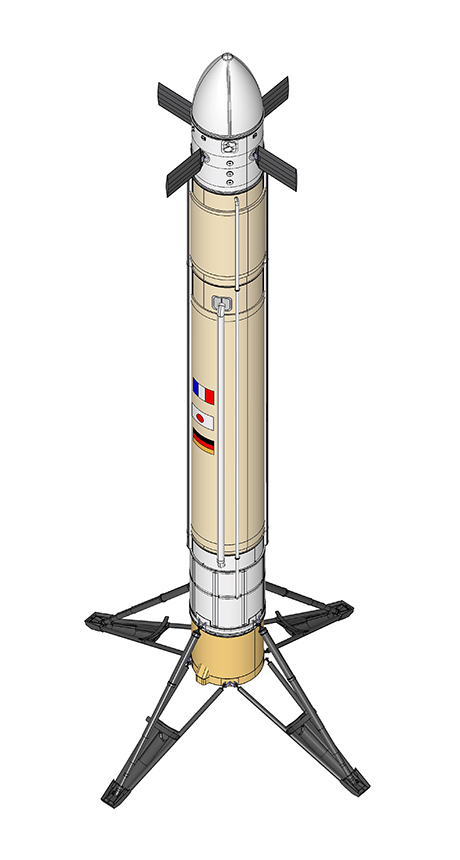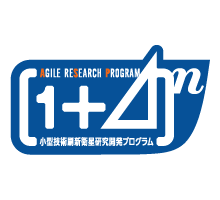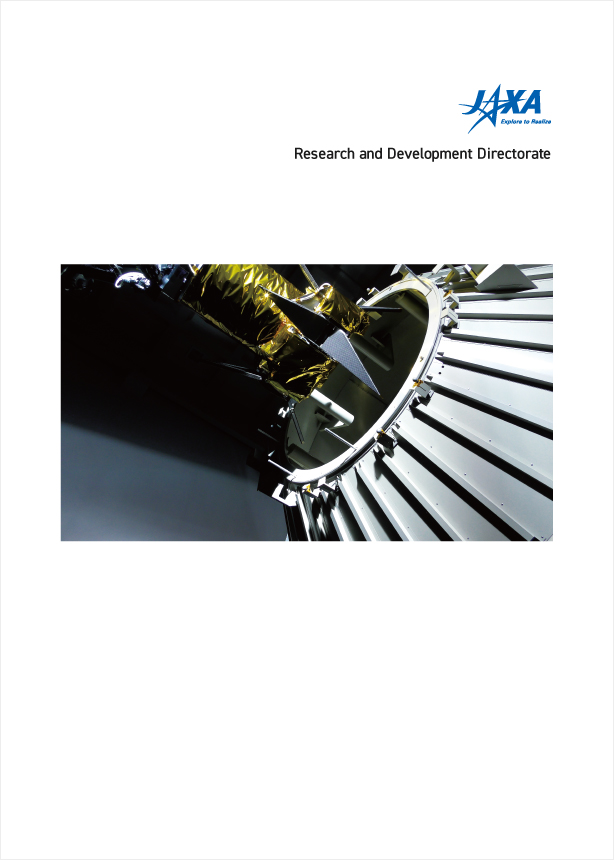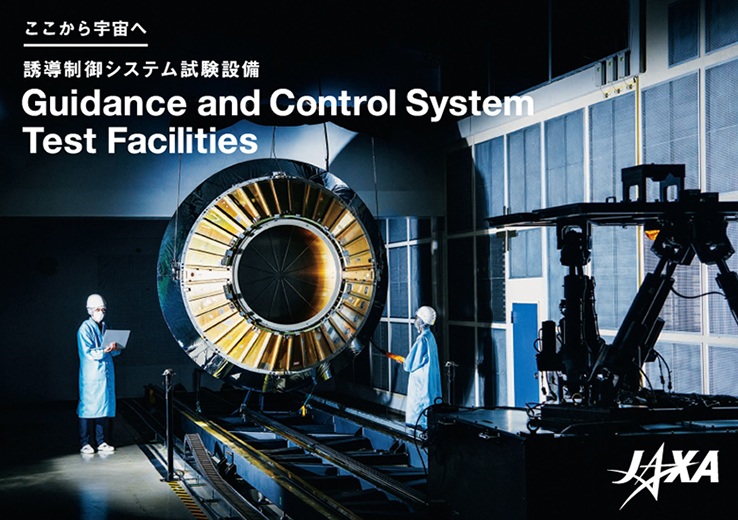The Value of Our Research
Development of the CALLISTO experimental vehicle and the accumulation of knowledge related to the key technologies for first stage reusability through flight tests will lead to us maintaining and strengthening our country's technology base towards next-generation space transportation systems.
Additionally, it is expected that space transportation costs will decrease in future through reusing first stages, and that this will contribute to the expansion of space development and utilization.
Furthermore, executing flight tests jointly with overseas space agencies, with Japan in a leading position, promises to improve the international presence of our country.
Research Goals
- We will accumulate data regarding guidance and control technology and propellant management technology, through the flights from launch to landing of the CALLISTO experimental vehicle. In order to achieve a high probability of on-time launches and enable reliable landing, we are planning to apply guidance and control technology highly-robust against uncertainties such as the wind. Additionally, we will verify numerical analysis technology in relation to propellant behavior, for which Japan has the highest competence in the world. Furthermore, in addition to aiming for further improvements in precision, we will confirm the effectiveness of the device inside the tank that can reliably feed propellant to the engine, even if there is a large attitude change.
- Through the operations from landing to re-launch of the CALLISTO experimental vehicle, in addition to testing some technologies for more efficient engine maintenance such as health management technology, we will accumulate the data related to operation costs.
- We will perform a comprehensive evaluation based on the status of other elemental research as well as data accumulated through the development and flight tests of the CALLISTO experimental vehicle to clarify our roadmap towards reusable launch vehicles.

(main specifications:fuselage diameter: 1.1 m, total height: 13.5 m, gross mass: 3600 kg)








